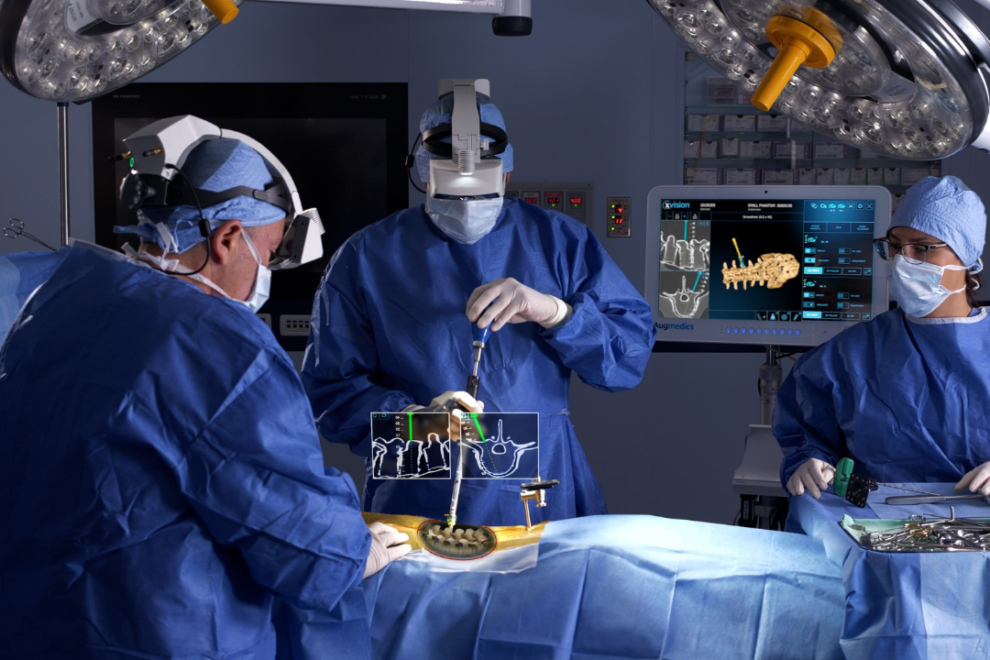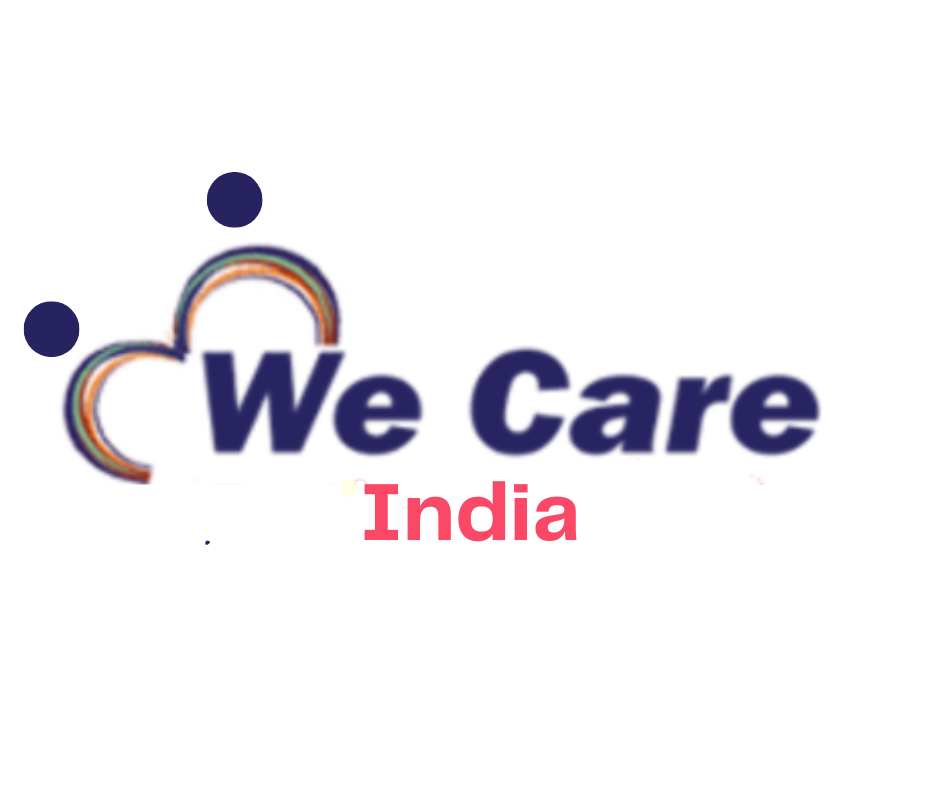Anterior Cervical Corpectomy Spine Surgery in India: Advanced Spine Treatment
Anterior cervical discectomy and fusion is the most common neck surgery performed by spine surgeons. It is performed to remove a portion of the intervertebral disc, the herniated or protruding portion that is compressing the spinal cord and nerve root.
However, in order to do so generally involves removing nearly the entire disc, which must be replaced with a piece of bone graft and mended (fused) together to maintain stability.
In India, experienced spine surgeons perform this advanced surgery using state-of-the-art technology. Indian hospitals offer world-class facilities and cost-effective treatments, ensuring excellent patient care and quicker recovery.


Free Doctor opinion
Why Do I Need This Procedure?
Anterior Cervical Corpectomy is a surgical procedure used to treat conditions such as spinal cord compression, degenerative disc disease, or trauma in the cervical spine (neck area). During the procedure, a portion of the vertebral body and the damaged disc are removed to relieve pressure on the spinal cord and nerves. The spine is then stabilized with a bone graft or implant.
Degenerative spinal conditions, including herniated discs and bone spurs, are common causes of spinal nerve compression. Spinal fracture, tumor or infection also may result in pressure on the spinal nerves.
To determine whether your condition requires treatment with an anterior cervical corpectomy and fusion, your doctor will examine your spine and take your medical history and may order an x-ray, computed tomography (CT) scan or magnetic resonance imaging (MRI) scan of your cervical vertebrae. An anterior cervical corpectomy and fusion is typically recommended only after conservative treatment methods fail. Your surgeon will consider a number of factors before making this recommendation, including the condition to be treated, your age, health and lifestyle and your anticipated level of activity following surgery. Please discuss this treatment option thoroughly with your spinal care provider.
General Procedure in India: Anterior Cervical Corpectomy Spine Surgery in India
Surgical approach
- The skin incision is about one inch and horizontal and can be made on the left or right hand side of the neck. A more vertical incision in the neck will often be used to allow more extensive exposure.
- The thin platysma muscle is then split and the plane between the sternocleidomastoid muscle and the strap muscles is then entered.
- Next, a plane between the trachea/esophagus and the carotid sheath can be entered.
- A thin layer of fibrous tissue that covers the spine can easily be dissected away from the disc space.
Disc and vertebral body removal
- A needle is then inserted into the disc space and an x-ray is done to confirm that the surgeon is at the correct level of the spine.
- After the correct disc space has been identified on x-ray, the disc is then removed by first cutting the outer annulus fibrosis (fibrous ring around the disc) and removing the nucleus pulposus (the soft inner core of the disc).
- The surgeon then performs a discectomy at either end of the vertebral body that will be removed (e.g. C4-C5 and C5-C6 to remove the C5 vertebral body). More than one vertebral body may be removed.
- The posterior longitudinal ligament is then removed to allow access to the cervical canal. This procedure allows the canal to be completely decompressed. The dissection is often performed using an operating microscope to aid with visualization of the canal.
- Dissection is carried out from the front to back to a ligament called the posterior longitudinal ligament. This ligament can be gently removed to allow access to the spinal canal to remove any osteophytes (bone spurs) or disc material that may have extruded through the ligament.
Strut grafting
- Corpectomy results in a very unstable situation and must be addressed.
- Often a strut graft is used to bridge the gap (shown in red). This is often not enough stability, and a plate is also used anteriorly (green).
- Even with the plate, the stability may not be enough, and this may necessitate posterior instrumentation also.
Possible Risks/Complications
The expected outcome from decompression/fusion procedures of the neck is good. Similar to a discectomy,
The Risks And Possible Complications Include : –
- Nerve root damage
- Damage to the spinal cord
- Bleeding
- Infection
- Graft dislodgment
- Damage to the trachea/esophagus
- Continued pain
- Death
After Surgery in India
Patients will feel some pain after surgery, especially at the incision site. While tingling sensations or numbness is common, and should lessen over time, they should be reported to the doctor. Most patients are encouraged to be up and moving around within a few hours after surgery. After surgery, your doctor will give you instructions on when you can resume your normal daily activities. After corpectomy, external immoblization is generally used to augment the internal stabilization of the plates.
Often patients are encouraged to maintain a daily low-impact exercise program. Walking, and slowly increasing the distance each day, is the best exercise after this type of surgery. Some discomfort is normal, but pain is a signal to slow down and rest.
Signs of infection like swelling, redness or draining at the incision site, and fever should be checked out by the surgeon immediately. Keep in mind, the amount of time it takes to return to normal activities is different for every patient. Discomfort should decrease a little each day. Most patients will benefit from a postoperative exercise program or supervised physical therapy after surgery. You should ask your doctor about exercises to help with recovery.
The expected outcome from decompressive/fusion procedures of the neck is good. Surgery is very effective in reducing the pain in the arms and shoulders caused by nerve compression. However, some neck pain may persist
Read Also :-
- Stenting for GI Tract Surgery: A Minimally Invasive Solution in Digestive Health
- ACL Reconstruction Surgery in India: Advanced Knee Injury Treatment
- Knee Amputation in India: Advanced Surgery and Rehabilitation Services
- Angioplasty in India: Advanced Heart Care for Blocked Arteries
- Stenting for GI Tract Surgery: A Minimally Invasive Solution in Digestive Health
Committed To Build Positive, Safe, Patient Focused Care.
High Quality
Care
Home Review
Medicine
All Advanced
Equipment
Book An Appointment

At We Care India, we offer complete medical services for your entire family, from routine check-ups to injury care, ensuring personalized attention and expert assistance for all your health needs.


